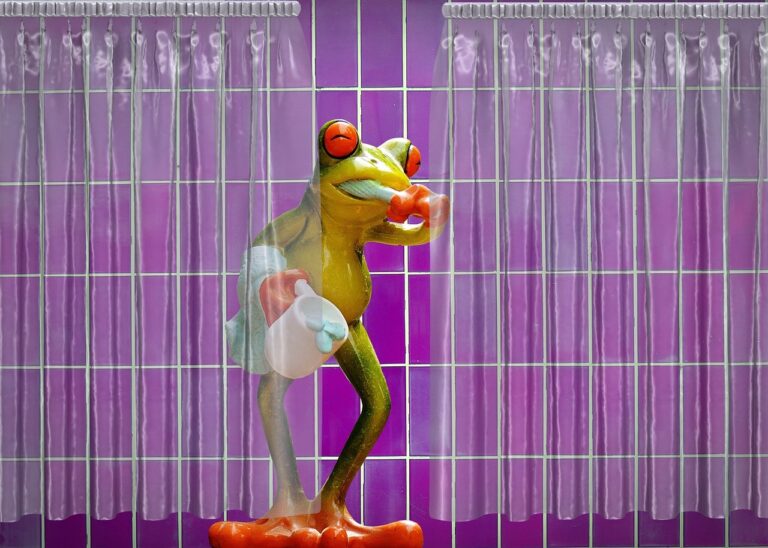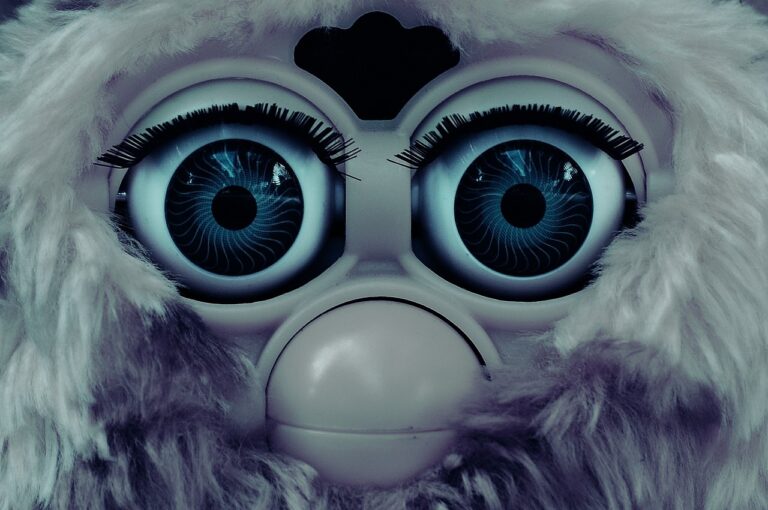Exploring the Trend of Live-Action Remakes in Film and Television
Live-action remakes in film and television have a long-standing presence in the entertainment industry. The concept of reimagining beloved animated classics or popular series into live-action adaptations has been a recurring practice for decades. One of the earliest examples of a live-action remake is the 1961 film “West Side Story,” which transformed the Shakespearean play “Romeo and Juliet” into a modern-day musical set in New York City.
Following the success of “West Side Story,” the trend of creating live-action remakes continued to grow, with studios recognizing the commercial appeal of revisiting familiar stories in a new format. Over the years, audiences have witnessed a multitude of iconic films and television shows being reimagined through live-action adaptations, such as “Beauty and the Beast,” “The Jungle Book,” and “The Addams Family.” These remakes often aim to introduce classic narratives to younger generations while also appealing to fans of the original content.
The Influence of Nostalgia on the Popularity of Live-Action Remakes
Nostalgia plays a significant role in the popularity of live-action remakes in film and television. The familiar stories and characters from beloved classics evoke strong emotions and memories in audiences, making them eager to revisit these narratives in a new format. The sense of nostalgia can create a deep connection between viewers and the remake, driving interest and anticipation for the release.
Additionally, nostalgia often appeals to multiple generations, as older audiences appreciate the opportunity to relive their favorite stories from the past while introducing younger viewers to timeless tales. This cross-generational appeal can broaden the audience reach of live-action remakes and contribute to their commercial success. By tapping into the emotional nostalgia of audiences, filmmakers can create a sense of continuity between the original source material and the new adaptation, fostering a sense of shared experience among viewers.
• Nostalgia evokes strong emotions and memories in audiences
• Familiar stories and characters from beloved classics drive interest in remakes
• Cross-generational appeal of nostalgia broadens audience reach
• Filmmakers can create a sense of continuity between original material and new adaptation
The Impact of Technology on the Quality of Live-Action Remakes
As technology continues to advance at a rapid pace, the quality of live-action remakes in film and television has significantly improved. The use of cutting-edge visual effects and CGI allows filmmakers to bring fantastical worlds and iconic characters to life in ways that were once unimaginable. Audiences are now able to experience their favorite stories with a level of realism that was previously unattainable, thanks to advancements in computer-generated imagery.
Moreover, the evolution of sound technology has also played a crucial role in enhancing the quality of live-action remakes. From Dolby Atmos to advanced sound mixing techniques, filmmakers are now able to create immersive audio experiences that further draw viewers into the story on the screen. The combination of state-of-the-art visuals and audio technology elevates the overall cinematic experience of live-action remakes, making them more engaging and captivating for modern audiences.
What is the history of live-action remakes in film and television?
Live-action remakes have been a part of the entertainment industry for decades, with studios reimagining animated classics into live-action adaptations.
How does nostalgia influence the popularity of live-action remakes?
Nostalgia plays a significant role in the success of live-action remakes, as fans of the original animated films are often eager to see their favorite stories brought to life in a new way.
How has technology impacted the quality of live-action remakes?
Advances in technology have greatly enhanced the visual effects and production values of live-action remakes, allowing filmmakers to create more realistic and immersive worlds for audiences to enjoy.







